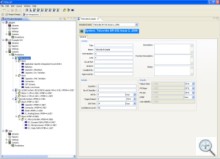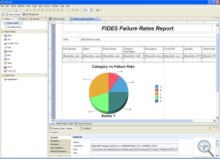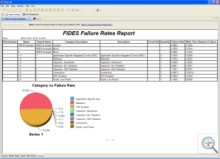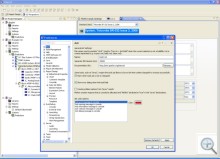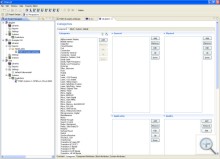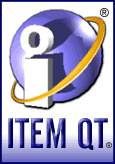 |
 |
||
ITEM QTCross-PlatformIn order to leverage the features and functions each has to offer, the computing environment of today’s businesses use many different types of operating systems and platforms. It is very common to see a blending of MicrosoftTM, Unix/LinuxTM, and AppleTM technologies across the enterprise and within the supply-chain of any organization. iQT delivers true cross-platform capabilities through its Java-based frame-work and analysis engines. Whether installed as a standalone or client-server configuration, iQT supports the analysis processing on either the local computer or the server. An analyst with a Macintosh in London can easily collaborate with an engineer in Texas using a Unix workstation, or a consultant in China with a Microsoft based PC. True Multi-User CapabilityThe iQT framework provides the capabi-lity for multiple users to simultaneously, yet independently modify any model or analysis in any project they have access to. To track the change, a robust version control tool is provided within iQT. Users can checkout and work independ-ently on their local copies of the “project”. Plus, individually commit their changes back to the central repository. The repository can be on remote servers, or kept locally, enabling the user to maintain their own version history. While the project’s history is maintained within the central repository, changes from different users can be merged easily, without running the risk of one user accidentally overwriting changes made by others. At any point, individual users can choose to commit their version of a model or project to a repository, which then captures the changes and records them into the project history. Multiple users can read and write to the repository as needed. Users can bring their local models up-to-date from the repository as they choose. Parts of the model or project can also be locked in the repository before they can be edited. This way no two people can be working on the same file. The use of the source control system, in combination with the system hierarchy within iQT, allows for a “library” function in which changes in the master library can be applied to models relying on those libraries. This allows users to update the library incorporated in a project in an automated fashion. Other multi-user functions provided within iQT include:
Download DemonstrationTo download a free demonstration of our ITEM QT software click here.
Features
Designed by engineers for engineers Fully functional open environment supporting addition of third party plug-ins Stores external documentation like MS Word, PDF or CAD drawing files Configurable to interface with other programs Powerful, proven and configurable quantification engines Open standard allows users to make changes to the model outside of iQT |
|||
|
|||
